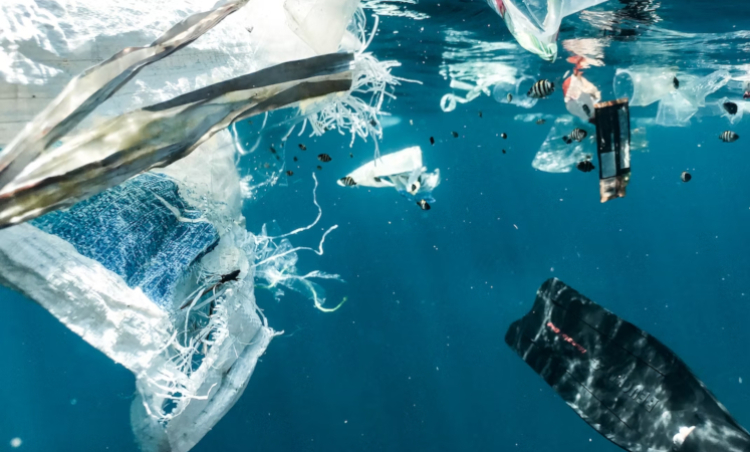Congress sanctioned the Safe Drinking Water Act of 1974 aiming to safeguard the quality and sanctity of drinking water for the masses. However, because of contamination, aging infrastructure, and insufficient treatment at water plants, millions like you continue to experience severe water quality issues.
You would agree that the American public is slowly losing confidence in water treatment facilities and drinking water installations–two systems considered to be the best in the world for their sophistication and efficiency.
Incidents like the Camp Lejeune Water Crisis exposed over a million people, including army veterans, too, to dangerous chemicals for more than 30 years!
All without any government or army intervention and supervision.
In this article, we shall shed light on two very important government measures undertaken to ease the pain of loss and suffering bestowed upon the public due to gross negligence on the government’s part.
Camp Lejeune Water Crisis
Between 1953 and 1987, millions of residents at Camp Lejeune got exposed to volatile organic compounds and a plethora of industrial solvents in their water sources. Many inhabitants reported rounds of serious illnesses for years at a stretch.
The first formal article on the health hazards posed by the alarming levels of toxins and ‘forever chemicals’ present in the waters of Camp Lejeune came out in 1982! Polyfluoroalkyle substances are also referred to as ‘forever chemicals’ because of their lurking presence in the environment for hundreds of years.
Some of the PFAS chemicals extensively studied are known to cause various health problems, including decreased fertility, weakened immune responses, and cancers. They also adversely affect the child population in the area where they are found in excess quantities.
According to one analysis, the Camp Lejeune water supply contained 48,000 pounds of volatile organic compounds (VOCs). There have been thousands of claims filed with the Department of Veteran Affairs, but sadly, only a very small number actually got compensated.
According to the law firm Tor Hoerman Law, settlement amounts depend on the particulars and strengths of a person’s claim. Pieces of evidence play the most crucial role in a victim winning the optimum compensation
After many decades of roadblocks, the Camp Lejeune Justice Act of 2022 got passed by the federal government. It aims to equip the victims of Camp Lejeune's water contamination victims with a legal framework that would facilitate quicker compensations and stricter trials.
Camp Lejeune Justice Act 2022
The government had been paying two hoots to the distress calls of the people affected by the hazardous water conditions at Camp Lejeune for a long time.
The Camp Lejeune Justice Act got signed into law in August 2022 as a bipartisan agreement under Joe Biden. This Act empowers compensation seekers to bypass a few legislative roadblocks and get formal representation in courts.
This law also has a provision to overturn the Feres Doctrine, which forbids active-duty service members from suing the government for injuries that were sustained during their service tenure.
The law has helped victims file lawsuits and seek Lawsuit payouts. Even though the Camp Lejeune lawsuit payout per person is not concrete, the estimates based on the Congressional Budget Office claims suggest compensation anywhere between $10,000 to $5,00,000.
The Justice Act has also laid down postulates governing regular inspections and quality control maintenance measures for the water bodies in the area.
Flint Water Crisis
The formerly prosperous industrial city of Flint got its water from Detroit for many years. The water got pumped from Lake Huron, with corrosion resistance materials getting added along the way.
However, the early months of 2014 saw the city officials switching to Flint Water to act as their new water source. This was part of desperate cost-cutting measures undertaken by the officials.
But, the state did not make certain that the new water supply included oxidation-controlling additives. This grim negligence allowed lead and iron from the old pipes to flow into the residents’ homes for close to two years.
State officials who were in charge of inspecting water quality levels swore to the public that all the safety measures were in place and that their health was not in danger. But, later, those very officials secretly pleaded guilty to the federal officials, and with time, they even publicly admitted that they had misinterpreted the required procedure for safeguarding the public's health.
This dance of confusion was a reflection of the incompetencies of the officials who were in charge of human health and life!
Flint Water Crisis Landmark Settlement Amount
A federal court awarded a landmark partial settlement for $626.25 million in November 2011 for thousands of Flint residents who had been exposed to lead-heavy drinking water for years.
According to the settlement, the state of Michigan was to contribute $600 million, the city of Flint had to contribute $20 million, the McLaren Regional Medical Center $5 million, and the engineering firm Rowe Professional Services $1.25 million, as overall compensation to the residents harmed by the contaminated water.
Children exposed to lead, adults who possess valid proof of an injury caused by lead exposure, and people who paid water bills, are all eligible for reimbursement from the settlement.
This was a landmark judgment in what can be touted as one of the worst cases of government negligence in US history.
There Is Still A Long Way To Go
The instances of government actions described in the article are noteworthy actions for a number of reasons. One of the most important is that they establish a thorough compensation program and timeline that are uniform for all qualifying individuals.




